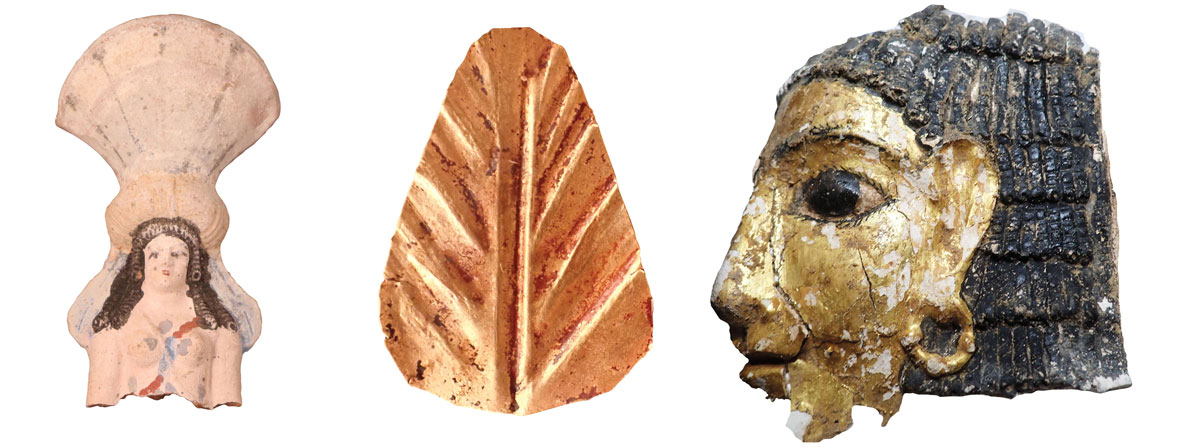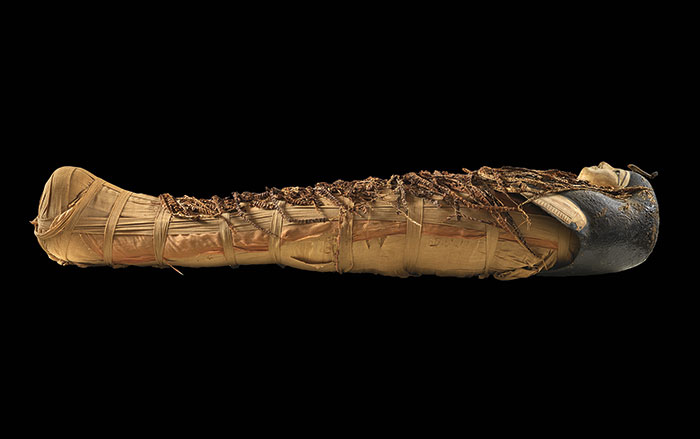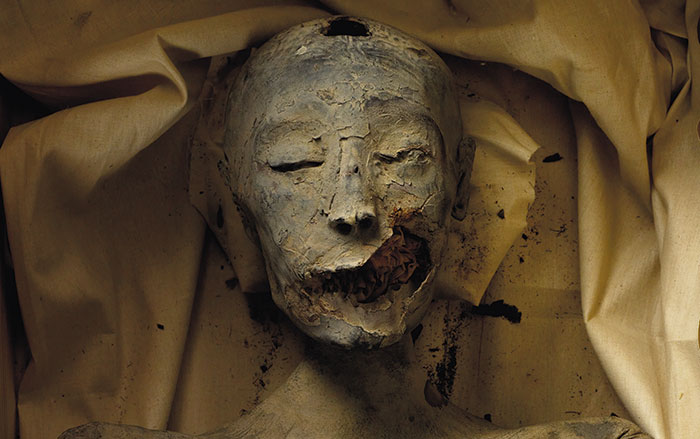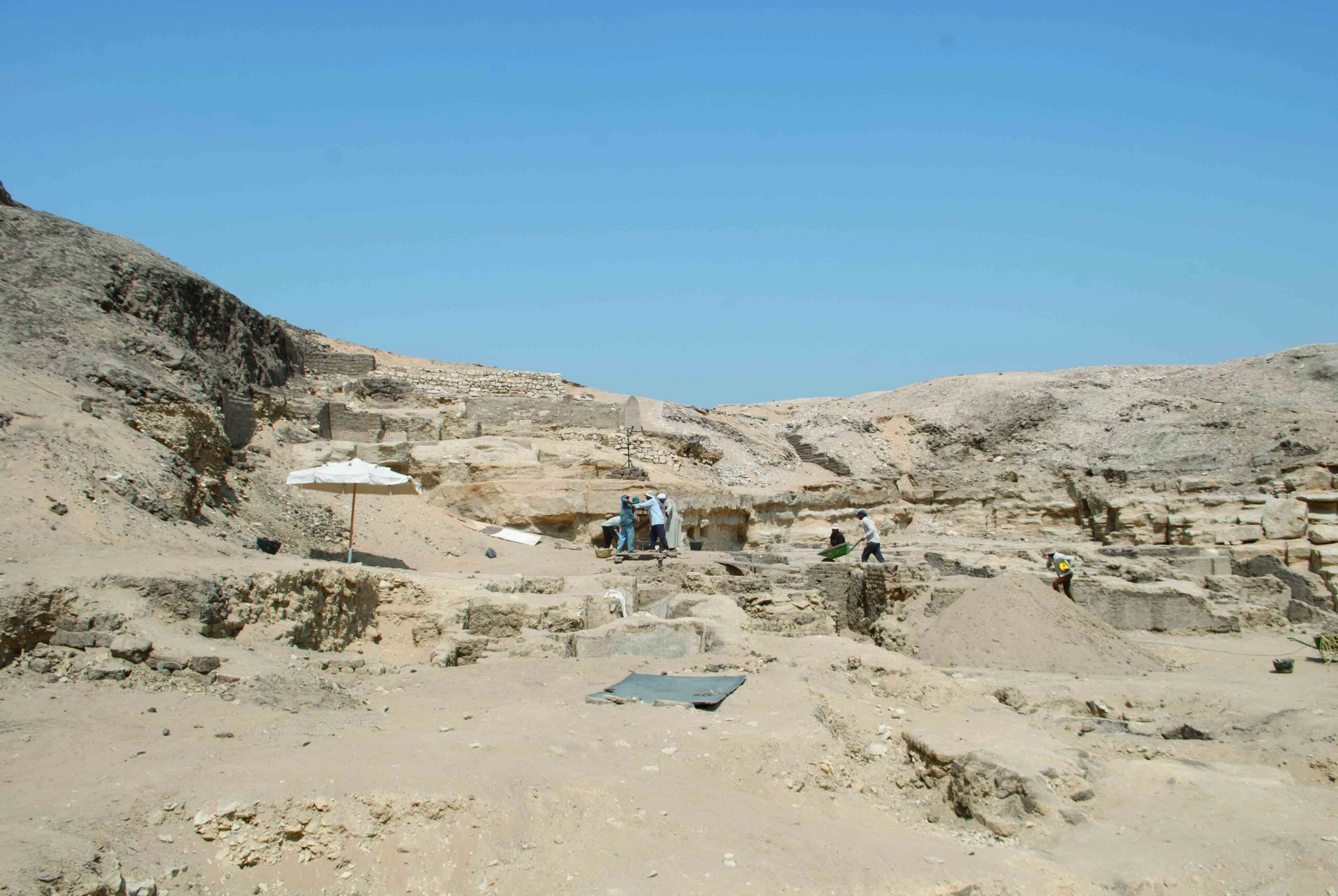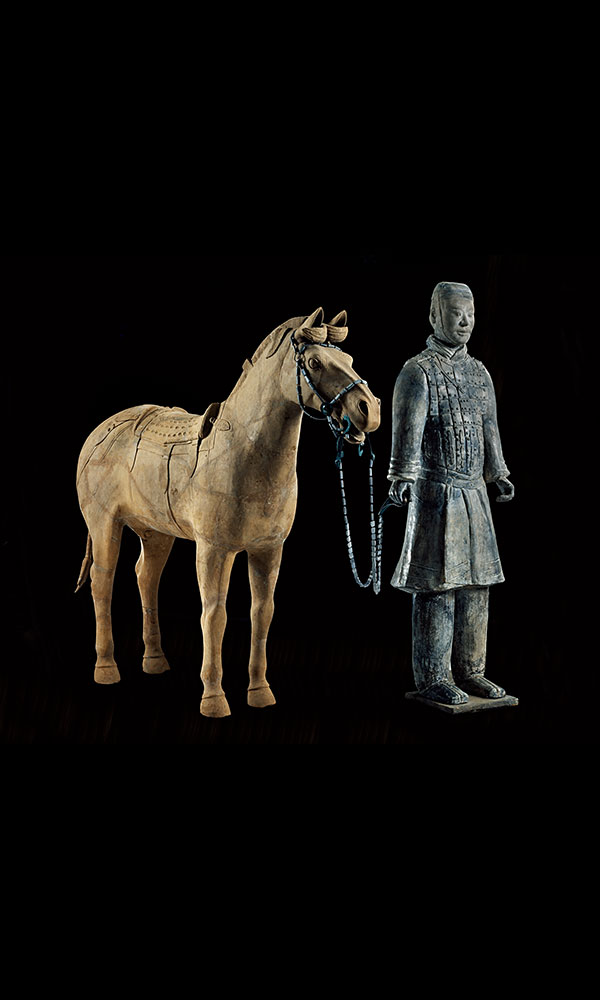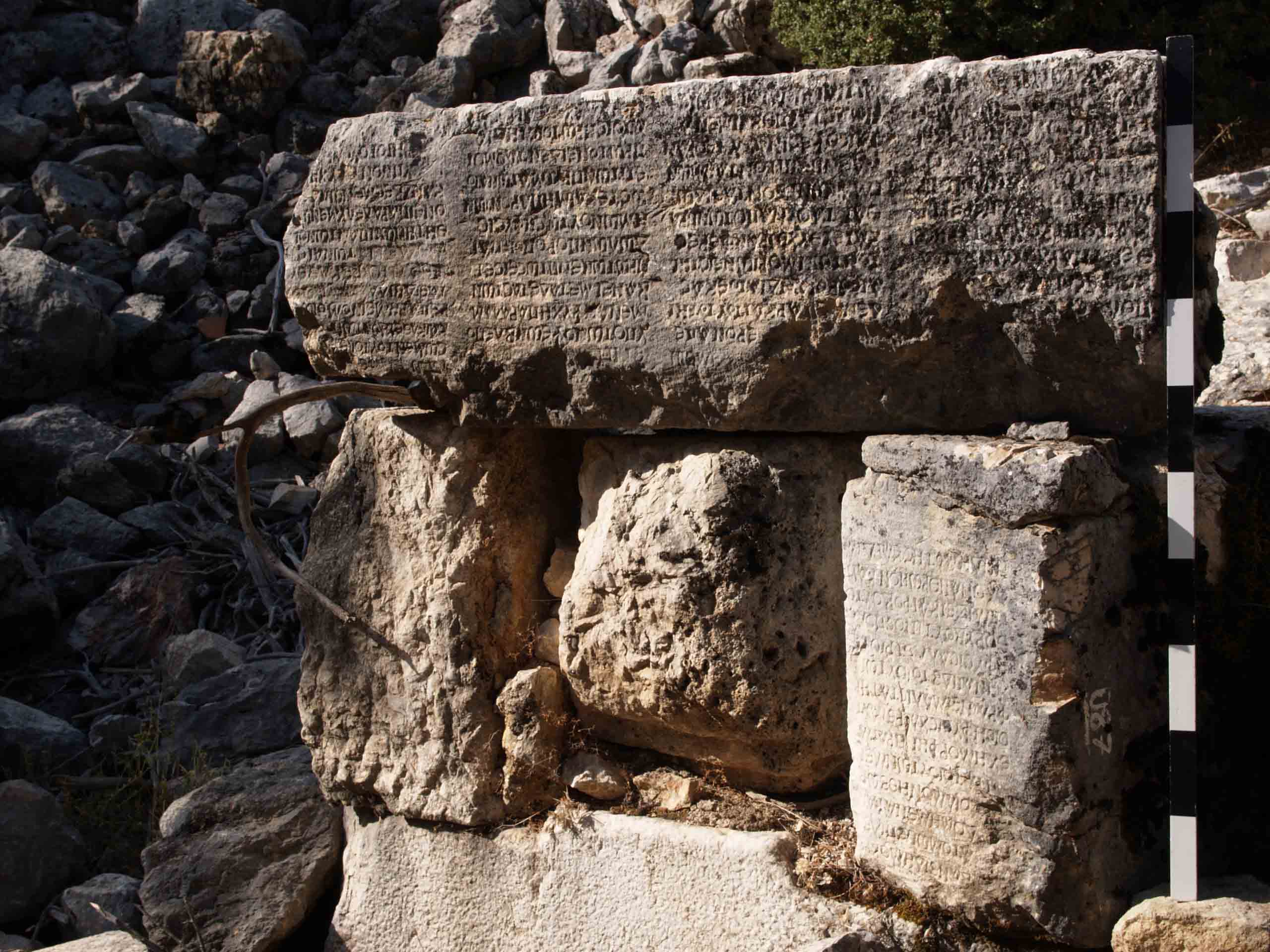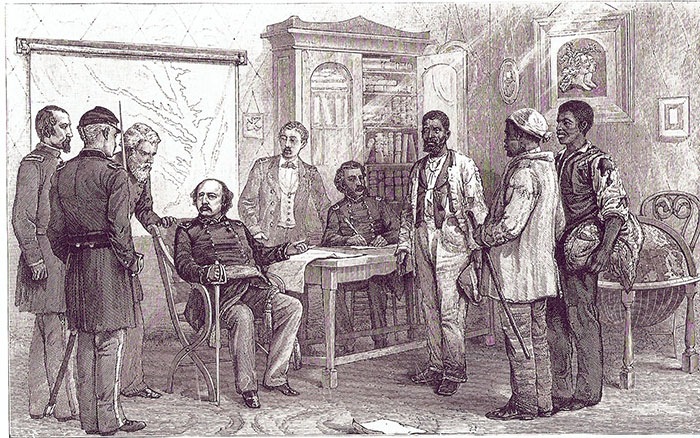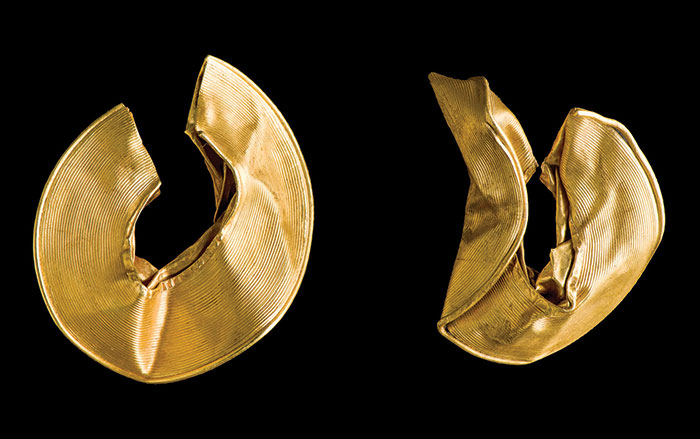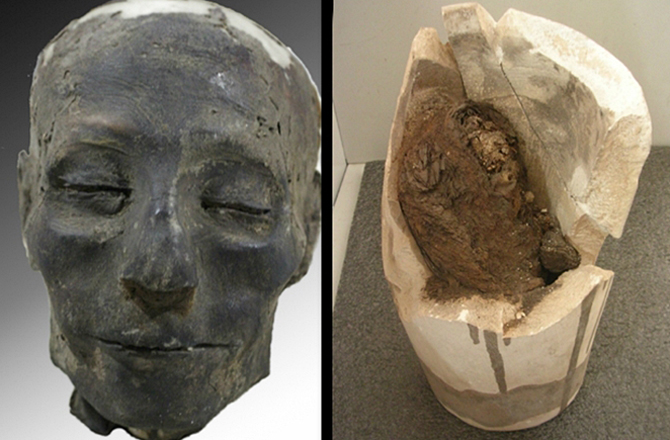
FLORENCE, ITALY—The 3,500-year-old mummified remains of Nebiri, an Egyptian “Chief of Stables,” are an example of the oldest case of acute decompensated heart failure, according to research presented by Raffaella Bianucci of the University Turin at an international congress of Egyptology. Nebiri’s head and internal organs, preserved in canopic jars, were discovered in a plundered tomb in Luxor in 1904. “The head is almost completely unwrapped, but in a good state of preservation. Since the canopic jar inscribed for Hapy, the guardian of the lungs, is partially broken, we were allowed direct access for sampling,” Bianucci told Discovery News. The international research team created a 3-D reconstruction of Nebiri’s skull and found that he suffered from severe periodontal disease, abscesses, and mild atherosclerosis in the right internal carotid artery. The head also contained dehydrated brain tissue. The lung tissue revealed fluid in the air sacs. “When the heart is not able to pump efficiently, blood can back up into the veins that take it through the lungs. As the pressure increases, fluid is pushed into the air spaces in the lungs,” Bianucci explained. To read about Egypt's animal mummies, go to "Messengers to the Gods."


